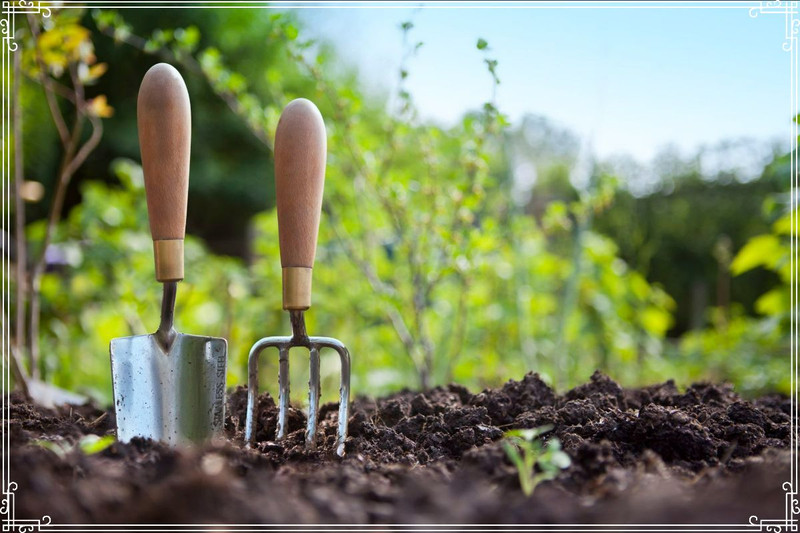You might not believe it with all the snow and cold weather lately in the Northwest, but signs of Spring are quietly emerging. The buds of the Indian Plum (the earliest flowering shrub) are silently swelling. The Great Camas and Rice Root are sending their stealthy stalks up through the frozen soil. Early Miner's Lettuce is secretly sprouting as the water recedes in the meadows. The Oak stands bare, but it's watching and waiting. The Earth is alive, and it's upwelling of life relentless and unstoppable.
For us gardeners, this is soooo exciting! At the nursery, we're sending out bare root plants like crazy, because in the Pacific Northwest climate, March is a great time to plant. If we get an early start, by summer our plants will have already rooted in. So, as the snow melts here in Oregon, we can take advantage of an early spring sunbreak and get our gardens going.
Here's a few simple activities to consider right away:
1) Relax & Observe. Following up from the design article last month, it's always a good idea to slow down and take closer look at what's happening in your garden - before you do anything else! There may be important lessons to learn.
2) Weeding & Pruning. Pulling grasses and invasive plants around and within your beds frees up light and nutrients for your chosen perennial and native plants. Pruning dead flower stalks and branches can improve aesthetics and reduce disease. Take special care not to remove any native seedlings that might be sprouting from last year's seed or runners!
2) Fertilize. Even though the buds are barely breaking, underground the root systems of perennials in the NW are actively growing already. Early spring is the best time to fertilize plants to get a head start on the season's growth. Focus high nitrogen organic fertilizer on younger plants that need the extra energy to establish themselves and become more self-sufficient. (For bulbs, use a high phosphorus fertilizer.)
3) Mulch (if you haven't yet). Many folks will mulch in the fall, making spring weeding a breeze. If you haven't, do so after weeding with a thin mulch of woodchips or leaves to keep the weeds down, prevent fertilizer from washing away, and build healthy soil. Choosing a bright bark mulch can also add beauty and color to the garden.
4) Prepare Planting Sites. In the Northwest, it's a good time to start prepping the soil for this spring's plantings. Planting sooner allows more time for the plant to establish before the summer drought. There may be an empty spot from a plant that didn't make it last year, or a new area you're establishing. Amend the planting holes and get your new natives in the ground!
5) Enjoy the Process. The most important thing is that you just get out there into the yard and enjoy yourself. Gardening is just as much about joy and well-being as it is about anything else. Don't let worrying about doing it wrong prevent you from doing anything at all. You'll reap the benefits of feeling more connected to your self and the Earth.
Have a wonderful spring season!
- From everyone here at Native Foods Nursery.
